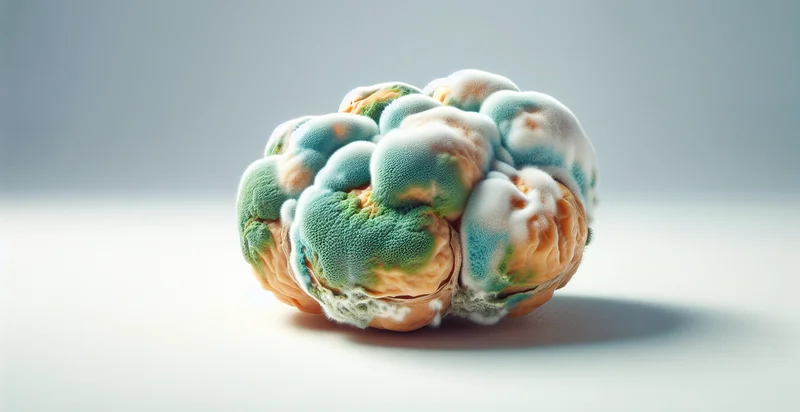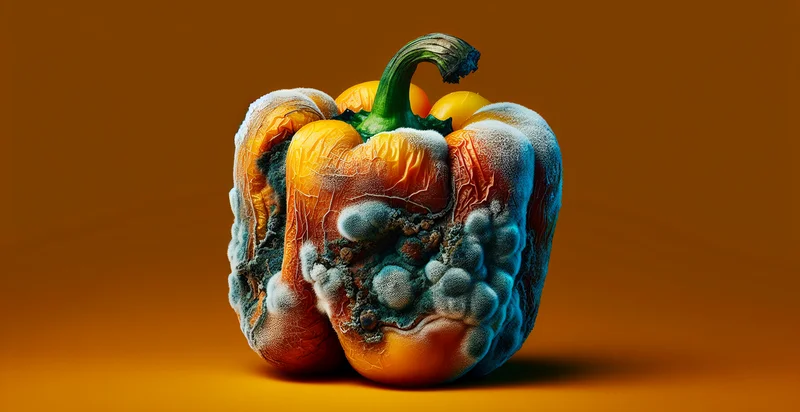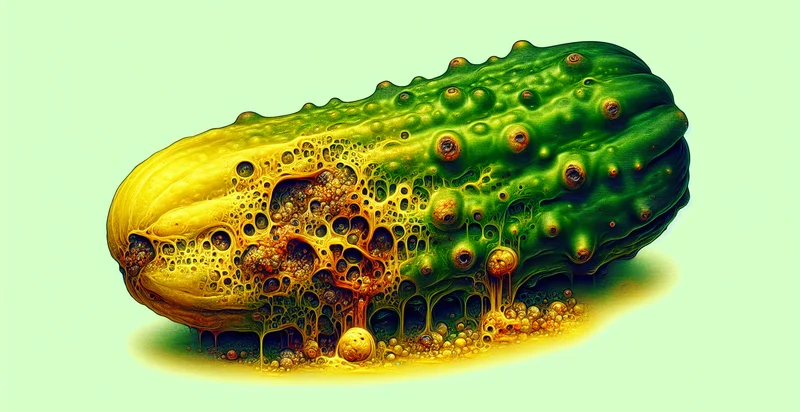Identify if chickpea is rotten
using AI
Below is a free classifier to identify if chickpea is rotten. Just upload your image, and our AI will predict if the chickpea is rotten - in just seconds.

Contact us for API access
Or, use Nyckel to build highly-accurate custom classifiers in just minutes. No PhD required.
Get started
import nyckel
credentials = nyckel.Credentials("YOUR_CLIENT_ID", "YOUR_CLIENT_SECRET")
nyckel.invoke("if-chickpea-is-rotten", "your_image_url", credentials)
fetch('https://www.nyckel.com/v1/functions/if-chickpea-is-rotten/invoke', {
method: 'POST',
headers: {
'Authorization': 'Bearer ' + 'YOUR_BEARER_TOKEN',
'Content-Type': 'application/json',
},
body: JSON.stringify(
{"data": "your_image_url"}
)
})
.then(response => response.json())
.then(data => console.log(data));
curl -X POST \
-H "Content-Type: application/json" \
-H "Authorization: Bearer YOUR_BEARER_TOKEN" \
-d '{"data": "your_image_url"}' \
https://www.nyckel.com/v1/functions/if-chickpea-is-rotten/invoke
How this classifier works
To start, upload your image. Our AI tool will then predict if the chickpea is rotten.
This pretrained image model uses a Nyckel-created dataset and has 2 labels, including Chickpea Is Fresh and Chickpea Is Rotten.
We'll also show a confidence score (the higher the number, the more confident the AI model is around if the chickpea is rotten).
Whether you're just curious or building if chickpea is rotten detection into your application, we hope our classifier proves helpful.
Related Classifiers
Need to identify if chickpea is rotten at scale?
Get API or Zapier access to this classifier for free. It's perfect for:
- Quality Control in Food Production: Food manufacturers can utilize the chickpea rottenness identifier to enhance their quality control processes. By automatically assessing the freshness of chickpeas during the production line, they can ensure only high-quality products reach consumers, reducing waste and improving brand reputation.
- Supply Chain Management: Distributors can implement this classification tool to inspect large batches of chickpeas arriving from suppliers. By identifying rotten chickpeas early, they can manage inventory more effectively and make informed decisions regarding product returns or reorder quantities.
- Retail Auditing: Grocery stores can employ this technology to routinely check their chickpea stock for spoilage before it reaches customers. This proactive approach minimizes the chances of customers purchasing rotten products, leading to increased customer satisfaction and loyalty.
- Food Safety Compliance: Restaurants and food service providers can use the identifier to maintain compliance with health regulations regarding the freshness of ingredients. Regularly screening stock for spoilage helps ensure food safety and reduces the risk of foodborne illnesses.
- E-commerce for Groceries: Online grocery platforms can integrate this function to enhance their product quality assurance. By implementing automated checks for rotten chickpeas, they can improve customer trust and reduce return rates, leading to higher overall sales.
- Waste Reduction Initiatives: Agricultural organizations can leverage this tool to monitor the quality of chickpeas throughout the farming and storage processes. By quickly identifying rotten crops, they can take action to salvage usable produce, thereby reducing overall food waste.
- Consumer Apps for Home Cooking: Developers can incorporate this identifier into mobile applications that help consumers evaluate the freshness of chickpeas in their pantry. This feature could enhance user experience by suggesting recipes based on the freshness of their ingredients, promoting efficient use of resources in home cooking.


